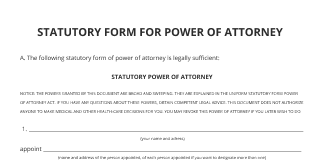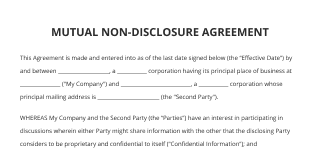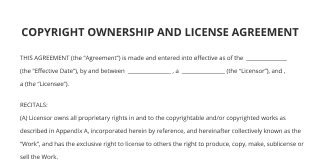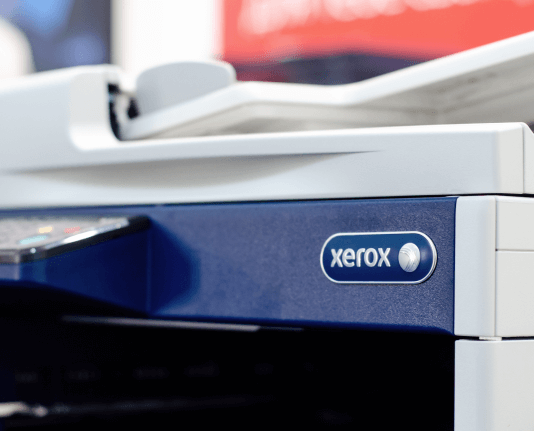What is the Difference between Invoice and Statement in Your Business Transactions
Move your business forward with the airSlate SignNow eSignature solution
Add your legally binding signature
Integrate via API
Send conditional documents
Share documents via an invite link
Save time with reusable templates
Improve team collaboration
See airSlate SignNow eSignatures in action
Understanding Invoices
An invoice is a detailed document issued by a seller to a buyer, outlining the goods or services provided, along with their prices and any applicable taxes. It serves as a request for payment and typically includes essential information such as the invoice number, date of issue, payment terms, and the seller's contact information. Invoices are crucial for maintaining accurate financial records and are often used in business transactions to ensure transparency and accountability.
Defining Statements
A statement, in contrast, is a summary of all transactions between a buyer and a seller over a specific period, usually a month. It lists all invoices issued, payments received, and any outstanding balances. Statements provide a comprehensive view of a customer's account activity, helping both parties track financial interactions and manage cash flow. They are often used by businesses to remind customers of their outstanding balances and to facilitate timely payments.
Key Differences Between Invoices and Statements
The primary difference between an invoice and a statement lies in their purpose and content. An invoice is a request for payment for specific goods or services, while a statement summarizes all transactions over a period, including multiple invoices and payments. Invoices are issued for individual transactions, whereas statements are typically sent monthly to provide an overview of account activity. Understanding these differences can help businesses manage their accounts receivable more effectively.
When to Use Invoices
Invoices should be used whenever a business provides goods or services to a customer and requires payment. They are essential for documenting sales transactions and establishing a clear expectation for payment. Businesses can easily prepare and send invoices using digital document solutions, ensuring timely delivery and secure transactions. This process can enhance cash flow management and improve customer relationships by providing a professional and organized approach to billing.
When to Use Statements
Statements are best used for ongoing customer relationships where multiple transactions occur over time. They help businesses keep customers informed about their account status, including any outstanding balances and recent payments. Sending statements regularly can encourage timely payments and reduce the risk of overdue accounts. Digital document solutions can streamline the creation and distribution of statements, making it easier for businesses to maintain accurate financial records and enhance customer communication.
Benefits of Digital Document Management
Utilizing digital document management solutions for invoices and statements offers numerous advantages. Businesses can quickly prepare and send documents, ensuring they reach customers promptly. Digital solutions also enhance security, allowing for encrypted communications and secure storage of sensitive financial information. Additionally, the ability to track document status and automate reminders can significantly improve efficiency and reduce administrative burdens, freeing up time for more strategic business activities.
airSlate SignNow solutions for better efficiency
Our user reviews speak for themselves






Why choose airSlate SignNow
-
Free 7-day trial. Choose the plan you need and try it risk-free.
-
Honest pricing for full-featured plans. airSlate SignNow offers subscription plans with no overages or hidden fees at renewal.
-
Enterprise-grade security. airSlate SignNow helps you comply with global security standards.

What is the distinction between invoice and statement
Grasping the distinction between an invoice and a statement is vital for proficient financial oversight. An invoice serves as a demand for payment for products or services provided, whereas a statement compiles all transactions within a designated timeframe. This guide will assist you in exploring the advantages of utilizing airSlate SignNow for your document signing requirements.
What is the distinction between invoice and statement
- Launch your web browser and head to the airSlate SignNow homepage.
- Establish a complimentary trial account or log in if you already possess one.
- Choose the document you intend to sign or dispatch for signatures by uploading it.
- If you intend to utilize this document again, preserve it as a template for future reference.
- Access your document to implement necessary modifications, like incorporating fillable fields or adding specific information.
- Sign the document and include signature fields for the recipients.
- Click 'Continue' to set up and dispatch an eSignature invitation.
airSlate SignNow presents a comprehensive solution that enables businesses to effectively send and eSign documents. With an extensive array of features, it provides remarkable value for your investment, ensuring ease of use and scalability for small to mid-sized enterprises.
Enjoy transparent pricing with no concealed charges and benefit from exceptional 24/7 assistance with all paid plans. Initiate your free trial today and optimize your document signing workflow!
How it works
airSlate SignNow features that users love
Get legally-binding signatures now!
FAQs
-
What is the difference between an invoice and a statement?
An invoice and a statement are both financial documents but serve different purposes in business transactions. An invoice is a request for payment for specific goods or services rendered, while a statement is a summary of all account activity over a specific period. -
Is an invoice and a statement the same thing?
A statement is an official record of fees charged and payments made to your account. The statement shows you the total amount due at the statement end date and how to pay. A tax invoice is a 'bill' that needs to be paid, you can provide it to organisations or people who need it for tax purposes. -
Can you use a statement as an invoice?
For requesting payment for specific transactions, invoices should be used and statements should be used for summarizing multiple transactions. Statements are typically issued on a regular basis, such as monthly or quarterly, while invoices are usually issued after a sale. -
Do you pay on an invoice or statement?
Invoices give buyers itemized run-downs of what they've bought and when. Buyers can also pay on invoices. Statements, however, are used to tabulate account transactions and outstanding totals. Timing. -
What is the difference between a bank statement and an invoice?
While an invoice relates to a specific transaction, a statement can cover multiple transactions. It's a document used when buyers owe the business money on account. The statement is a current report showing the customer's account status, reflecting payments already made and outstanding invoices. -
What is the difference between an invoice and an itemized statement?
An invoice is a request for a single payment. A statement of account, on the other hand, is more like your billing history – it tracks multiple invoices, payments, and credits over time. It tells the full story, not just one chapter. So if you're working with a client long-term, a statement helps you both keep track.
What active users are saying — what is the difference between invoice and statement
Related searches to What is the difference between invoice and statement in your business transactions
Get more for what is the difference between invoice and statement
- Streamline SME customer management with airSlate SignNow
- Discover the advantages of CRM in marketing for your business
- Discover the best SaaS CRM for small business with airSlate SignNow
- Discover the advantages of CRM integration for seamless document management
- Discover the advantages of the CRM process for your business
- Discover the best CRM comparison for your business needs
- Discover how airSlate SignNow stands out among CRM competitors
- Discover the advantages of CRM systems for your business
Find out other what is the difference between invoice and statement
- Easily add signature in PDF with airSlate SignNow
- Effortlessly embed e-signature in Word document for ...
- Add signature to PDF electronically with ease
- Easily insert e-signature to PDF with airSlate SignNow
- Streamline your document signing and filling process
- Simplify your document signing with Cloud Sign
- Download Acrobat Reader electronic signature for ...
- Enhance your workflow with Acrobat X Pro Signature for ...
- Experience seamless eSigning with Acrobat Reader ...
- Streamline your workflow with digital ID for PDF ...
- Embrace seamless efficiency with Acrobat Reader ...
- Streamline your workflow with the PDF Acrobat signature ...
- Discover digital signature software download for ...
- Simplify your PDF Acrobat digital signing experience
- Unlock seamless signing with a PDF digital signature ...
- Experience the best PDF filler and signer for your ...
- Effortlessly download Acrobat DC electronic signature ...
- Enhance your workflow with Acrobat PDF digital sign
- Streamline your workflow with digital document fill and ...
- Discover the best PDF signing apps for your business






























